Google Daydream news, features and everything you need to know
Google Daydream VR evolves from mobile to standalone
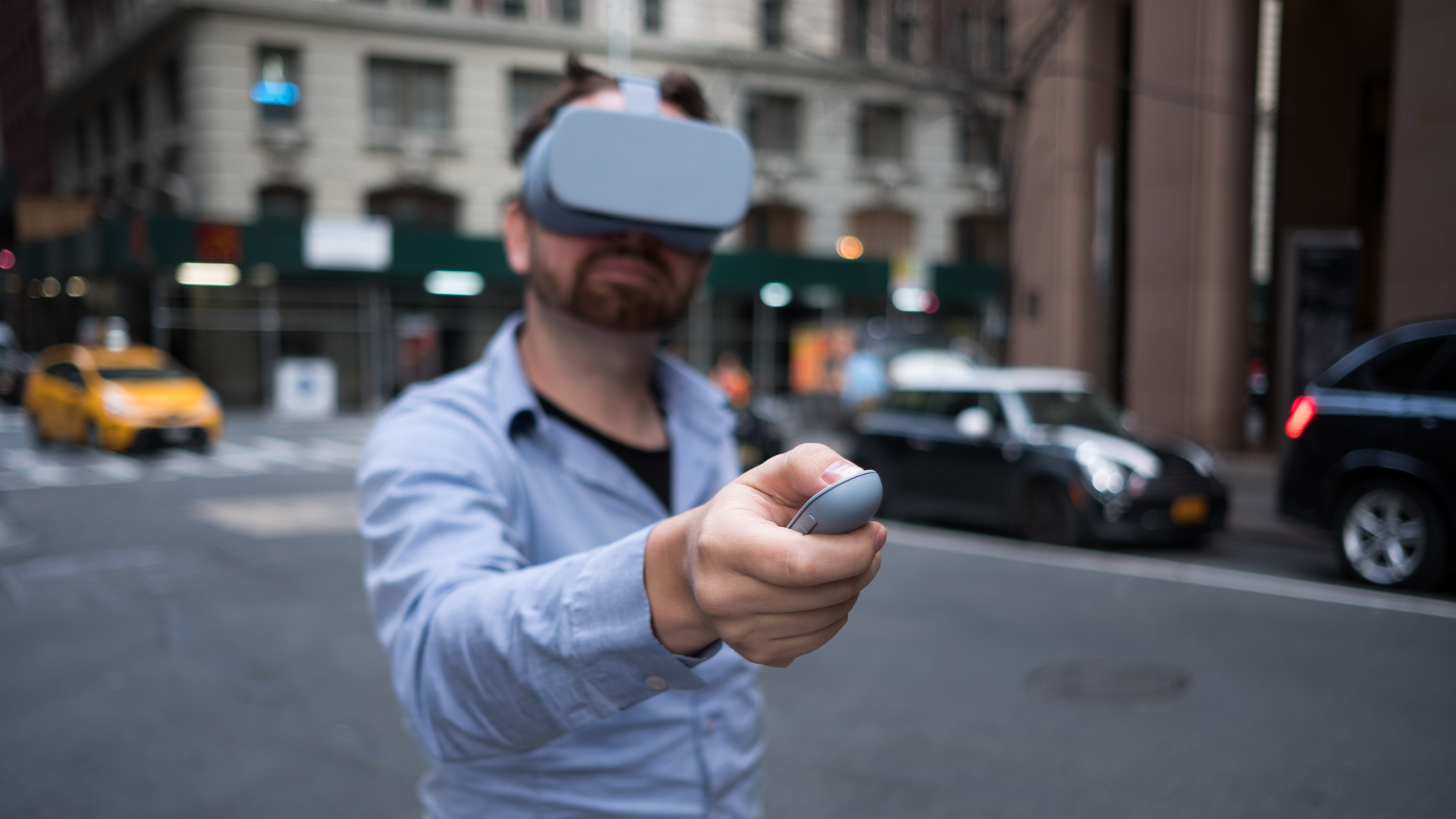
[Update: Until recently, Google Daydream VR only supported a single controller, but change is on the horizon. In July, Google added simultaneous multi-controller support to the software used by Google Daydream VR and Google Cardboard.
Users will be able to select a main controller (either right or left, depending on which is their dominant hand), and the software will track input from both.
According to Google's release notes, not all Google Daydream hardware will support two controllers. However, for that devices that do, porting games from other VR platforms will be much more straightforward.
Hopefully that means we'll have lots more Google Daydream VR titles to choose from in the near future.]
Google Daydream: cut to the chase
- What is it? Google's high-quality VR platform for mobile and standalone devices
- When is it out? Right now
- What will it cost? $99 / £99 (around AU$125) for Google Daydream View, though standalone headsets are more expensive
What is Google Daydream?
Google Daydream is the Android maker's platform for piping virtual reality (VR) directly through your mobile device. It's also now grown to include standalone headsets.
Google Daydream VR is a much more robust platform than Google Cardboard (you remember Cardboard, right?).
Unlike Cardboard, which aimed to get people into VR with a low cost, DIY headset and lenient power requirements, Daydream VR is a much more fully featured and higher-end experience that has its sight set on providing Android Oreo users and, soon, Android P users with an optimum mobile VR experience.
Sign up for breaking news, reviews, opinion, top tech deals, and more.
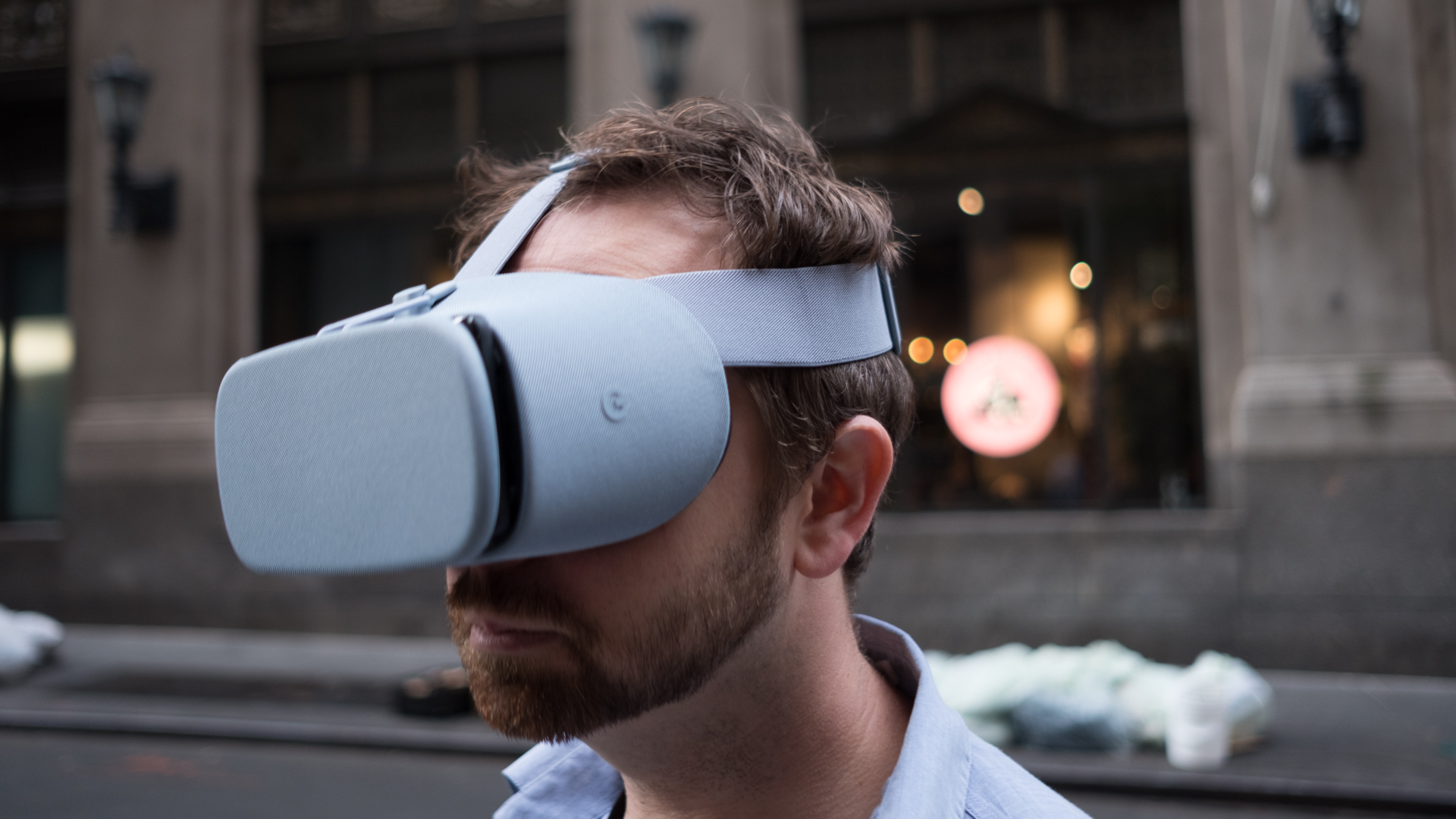
Google Daydream is all about bringing exciting and absorbing VR experiences to those who don't want to invest in a pricey HTC Vive or Oculus Rift headset (though the just-launched Lenovo Mirage Solo price is equal to that of Oculus Rift).
But Daydream VR goes beyond Google's own hardware and software. Google has also teamed up with partners to create Daydream headsets, many of which will be standalone devices, or headsets that don't have a tether to a smartphone or PC.
Right now, though, the only Daydream headset made in partnership with an outside company is the aforementioned Lenovo Mirage Solo headset.
Google Daydream View headset
Want to get started with Daydream? Google has its own, affordable headset that works with a slew of Daydream-compatible phones.
Google's own headset is called the Google Daydream View (2017) and, unlike other VR headsets we've seen before, it has a material design... just like the Android operating system.
There's a latch on the front to slide your phone in, and the controller for the headset is included.
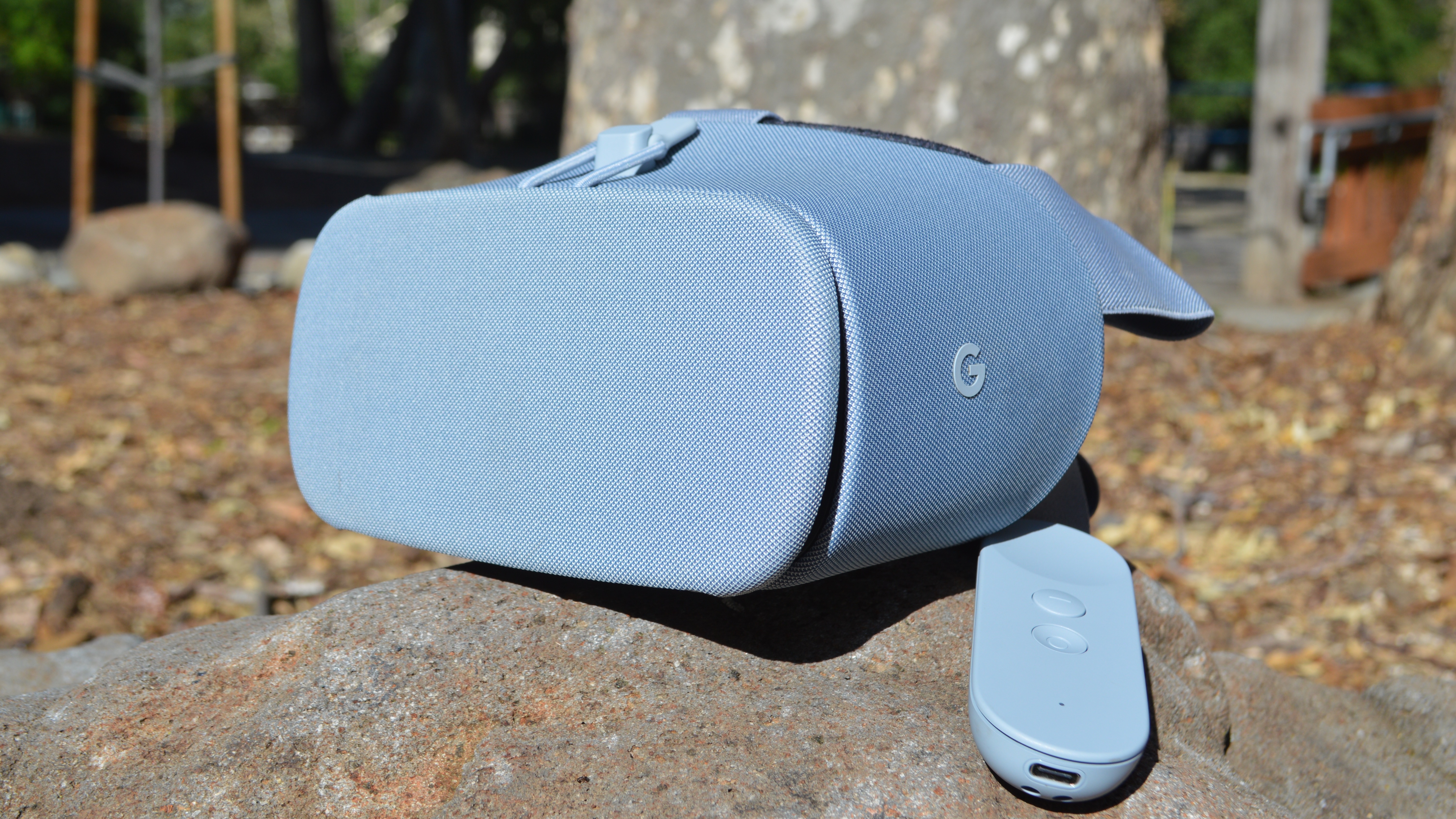
Think of Google Daydream View as a vessel. On its own, it is just a box with lenses inside. But slip in a smartphone, and you're transported into a world of VR.
While Daydream content still lags behind, the headset itself is a well-built device that comes at the affordable price of $99 / £99 (around AU$125). It's relatively comfortable to wear, though it, like most VR headsets, sits heavy on the front of your face.
In addition to its proprietary Google Daydream View headset, last year Google invited other device makers to create their own spin on Daydream VR devices. So far, though, only Lenovo has stepped up to the plate in creating a standalone Daydream headset.
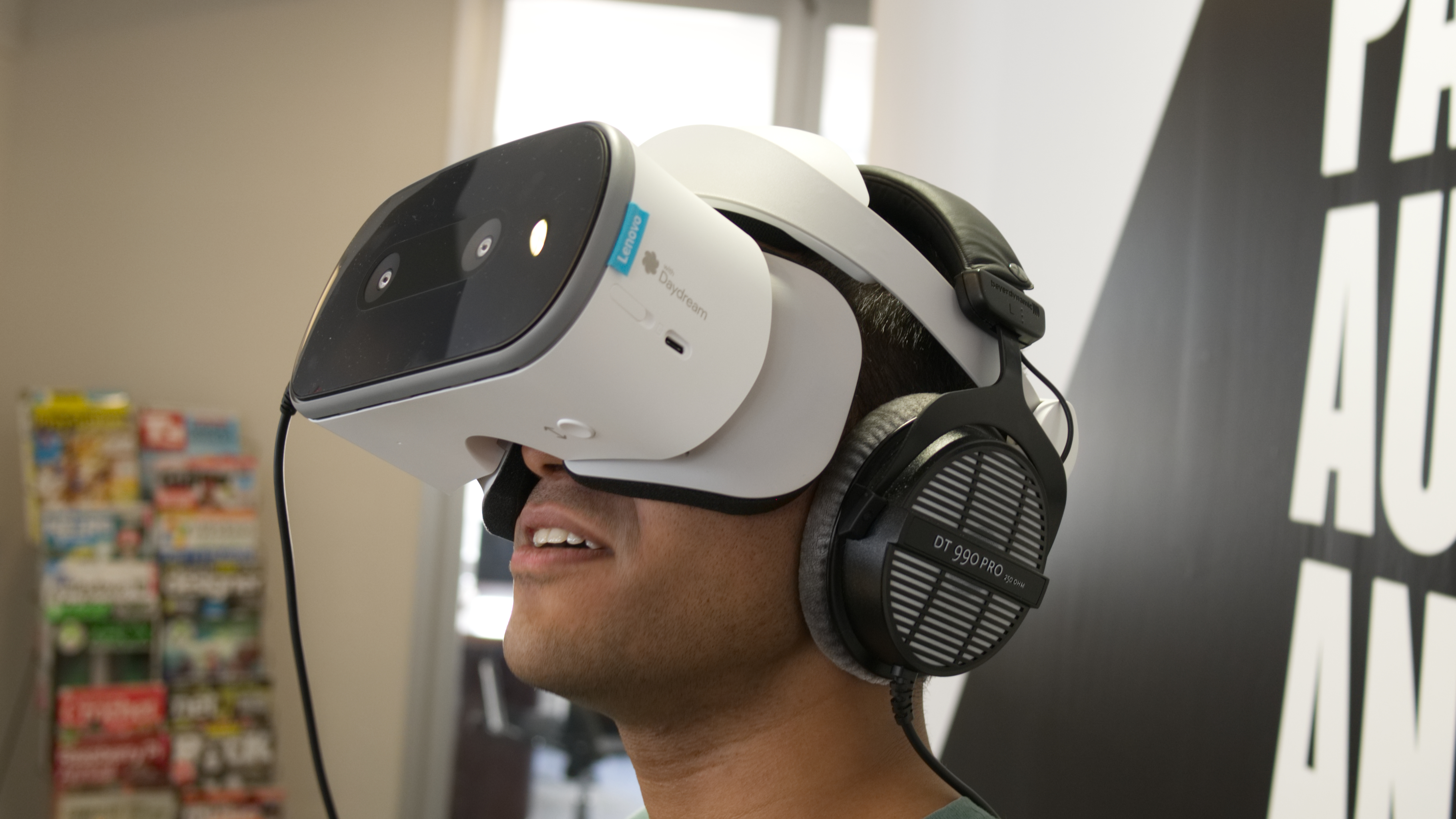
As for what you can do with Google Daydream View, Netflix, HBO and Hulu all have Daydream-ready apps available, plus The New York Times has launched an app, too, for its VR videos.
One of our favorite experiences was the Fantastic Beasts VR game, which lets you use the Daydream controller like a wand.
You'll also, of course, find plenty of Google's own apps ready for VR, including Play Movies, Photos, Maps, YouTube, and Google Chrome.
Standalone Daydream
During Google IO 2017, the firm officially confirmed the well-reported rumor that it would be launching standalone Daydream headsets with select hardware partners.
Standalone means that all of the parts needed to drive the Daydream experience are inside these headsets. No need for a phone, PC or even any cables.
Those early partners included Qualcomm, with which Google built a reference design.
HTC was slated to build a standalone Daydream VR headset, however eventually dropped out of making it, opting instead to focus on its own standalone VR headset, the HTC Vive Focus.
The HTC Vive Focus is launching worldwide later this year.

The dream of standalone Daydream VR didn't end with HTC dropping out, however.
As we've mentioned, Lenovo created a headset that taps into the Daydream platform, yet is built by Lenovo.
The standout feature of the phone-free Lenovo Mirage Solo is Google's new WorldSense tracking technology, a series of sensors that provide all of the motion tracking and sense of presence that, say, a smartphone's sensor array would.
It is, however, an expensive device, coming in at $399 (about £293, AU$530), and it needs more games and apps to be truly great.
Google Daydream performance
Daydream requires these three pillars in order to be a viable VR option: smartphones that are optimized for VR, with a high quality system on chip (SoC) to maintain 60 frames-per-second playback, low persistence displays to eliminate ghosting and lag, and, finally, top-notch sensors that operates with minimal latency to boost the sense of presence.
So, what sort of performance can we reasonably expect out of it? Well, you'd be right to think that it really depends on the power of the phone that's inside.
Google's new Pixel 2 and Pixel 2 XL phones pack a Qualcomm Snapdragon 835 processor and 4GB of RAM. You can bet that these devices are primed to push high-quality VR experiences.
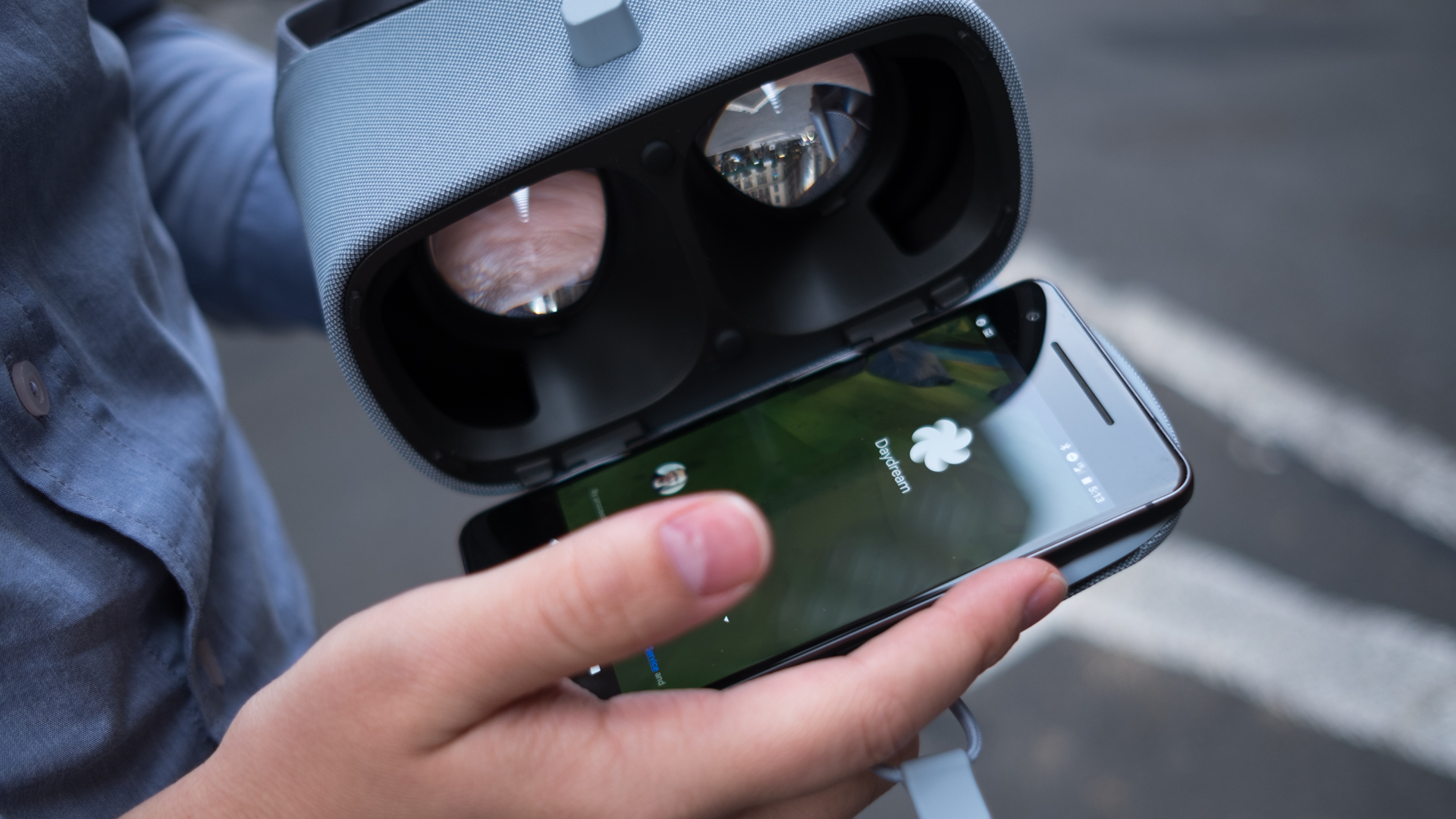
What's more, the Lenovo Mirage Solo also packs a Snapdragon 835 chipset, 4GB of RAM and Daydream OS, its own operating system that doesn't get caught up in phone calls or extraneous apps.
The Mirage Solo also has WorldSense tracking, which elevates the mobile VR experience to a new level for both new and older games.
While you won't get the same performance out of a Google Daydream headset as you will a PC-powered device, it's still quite good for smartphone- and standalone-powered VR.
Where you will notice a big difference, at least with the Google Daydream View, is in battery life. VR drains your phones battery pretty quickly, so don't expect to spend a long session in VR then take your phone out for the day without a portable charger.
- 1
- 2
Current page: Google Daydream release date, news, features
Next Page Google Daydream-ready phones
Cameron is a writer at The Verge, focused on reviews, deals coverage, and news. He wrote for magazines and websites such as The Verge, TechRadar, Practical Photoshop, Polygon, Eater and Al Bawaba.